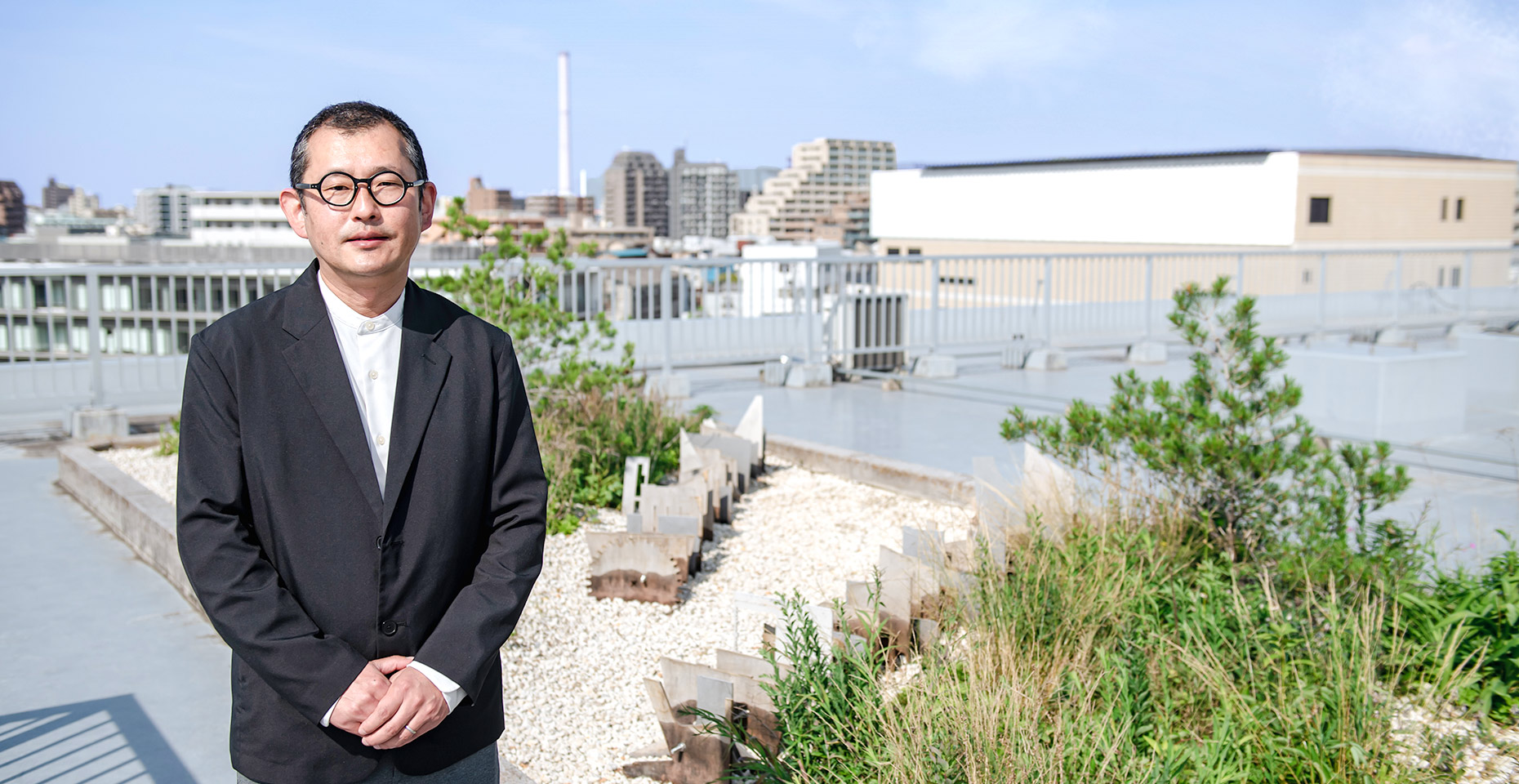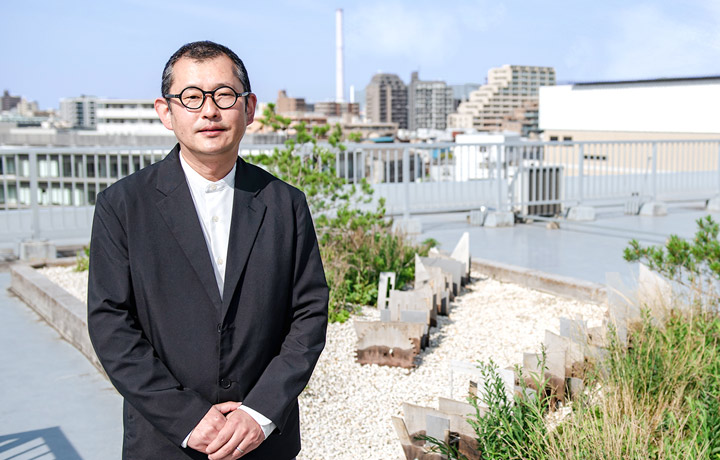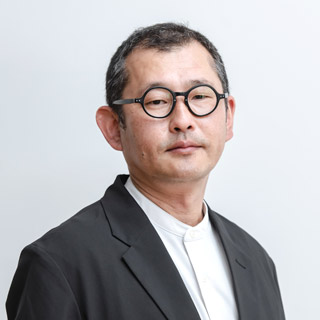In recent years, there has been a growing focus on urban greening aligned with the principles of a circulating-oriented society. This includes initiatives such as creating landscapes, increasing the number of places where small ecosystems exist, and fostering coexistence between humans and other creatures. Associate Professor Ryosuke Shimoda from the Graduate School of Horticulture is at the forefront of researching how to bring these ideas into reality. We engaged in a conversation, primarily delving into his efforts to promote greening through demonstration experiments conducted in Sumida Ward.
Designing Landscapes Envisioned to Evolve over Time
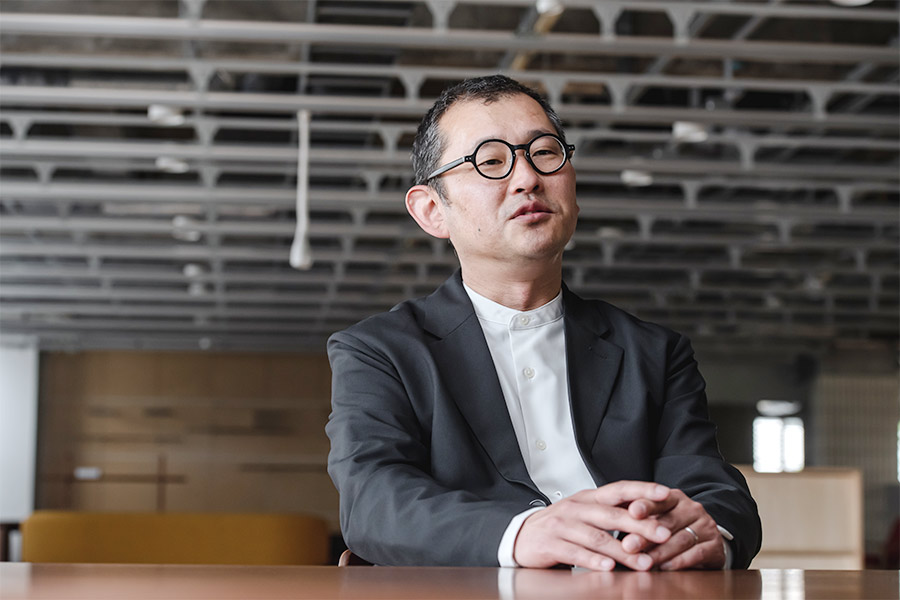
Please tell us about your research theme, ‘Circular Landscape Design.’
Circular landscape design is developed with a focus on the evolving landscape over time, addressing not only human needs but also the habitats of non-human animals and plants. Currently, my efforts are centered on designing landscapes that treat space as a renewable resource for the future. This aligns with prevailing trends such as the ‘circular economy,’ a global concept in the creation of a sustainable and circulating-oriented society. A recent project exemplifying circular landscape design is our initiative to establish a cemetery within a forest. In this project, I am particularly conscious of the forest as a spatial resource, considering it as an object of reverence and prayer.
*A circular economic system eliminates waste and pollution, recycles resources, and rejuvenates nature by redefining products and materials previously discarded in economic activities as’ resources.’ It is also known as a circular economy.
Circular landscape design is not yet widely recognized as a field of study in Japan. What led you to pursue this area of expertise?
I graduated from Chiba University, earning a bachelor’s degree from the Department of Environmental Science and Landscape Architecture of the Faculty of Horticulture. Throughout my university years, I developed a profound interest in landscape architecture, particularly in the seamless integration of design and the environment. To delve deeper into this passion, I pursued graduate studies at the Harvard University Graduate School of Design (GSD) around 2001. Following my time at GSD, I gained valuable experience working at landscape design firms in both the United States and Japan. Subsequently, I returned to Chiba University, this time as a faculty member.
Urban Greening to Create a Micro Ecosystem within the City
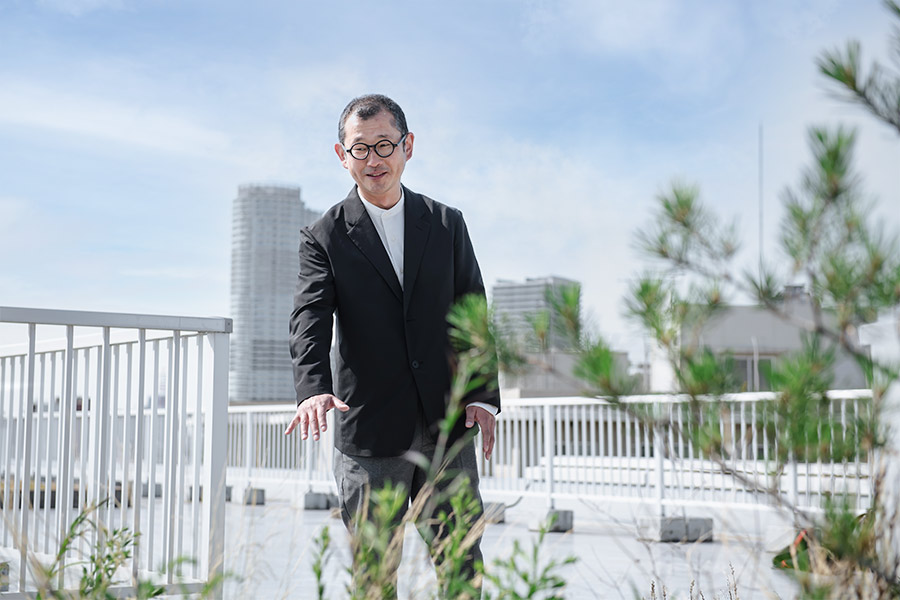
– Please share the story of the circular landscape design initiatives currently being implemented in collaboration with Sumida Ward
The key research focuses on the initiatives in collaboration with Sumida Ward, including the creation of a mechanism to promote local greening, rainwater utilization, and environmental education. We are conducting a comprehensive demonstration experiment addressing these issues on the rooftop of Bunka Junior High School in Sumida Ward.
Traditional rooftop greening often involved either transplanting ground-level greenery directly onto the rooftop or planting succulents like sedums on a thin layer of planting base, with little in-depth discussion of the content. However, from the perspective of plants, rooftops present a challenging environment for growth, characterized by intense sunlight and strong winds. In fact, this environment closely resembles coastal conditions. Coastal areas host diverse plant life and ecosystems. Therefore, we decided to create a coastal ecosystem on the roof of the junior high school.
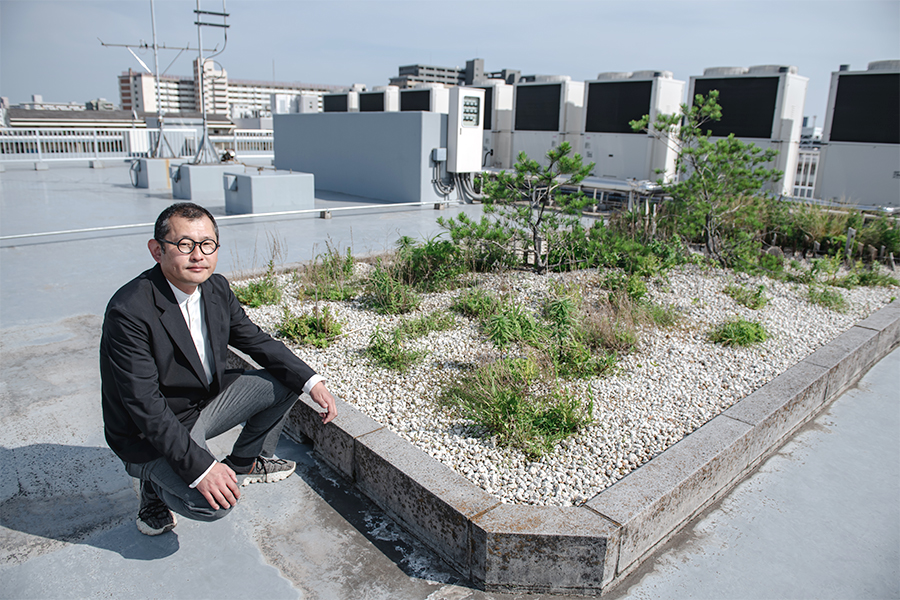
In this project, we decided to use artificial lightweight soil, a type of lightweight inorganic soil. When mixed with organic matter similar to the natural environment, soil tends to degrade over time on rooftops, leading to poor drainage—a condition unfavorable for plants. In comparison, inorganic soil possesses both drainage and water retention capabilities. Additionally, being lightweight, it imposes less load on buildings. Over the past year, I have exclusively relied on rainwater to irrigate the plants, and so far, it seems to be functioning well.
Instead of entirely covering the greenery space with plants, approximately half of it has been covered by gravel. The gravelly areas serve as a welcoming habitat for wild birds, including those known for nest-building on sandy beaches. The planted flowers attract bees and various insects, creating a thriving ecosystem.
-This rooftop greenery features fitted boards. What are they?
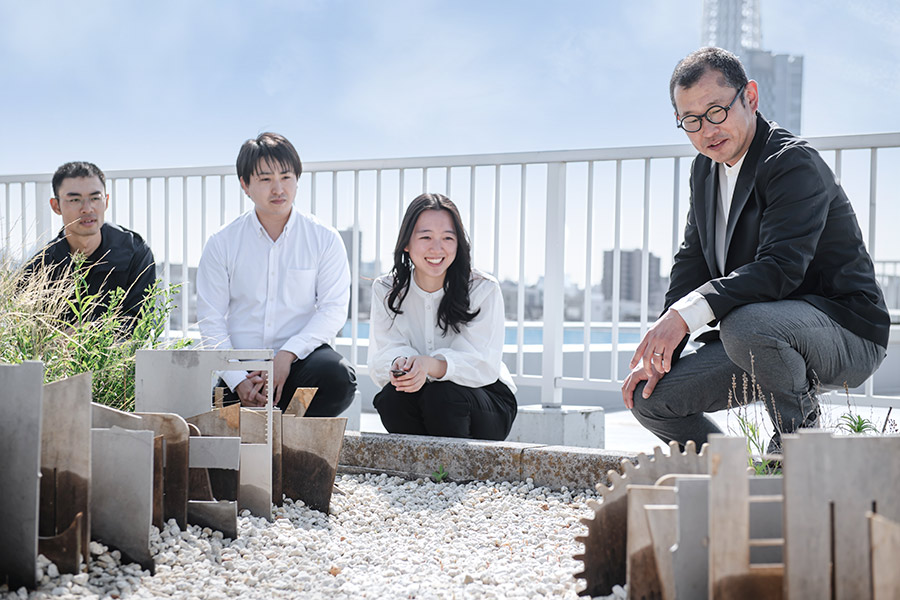
These boards are repurposed scraped Medium Density Fiberboard from the Model Shop, a large workshop on the first floor of the Sumida campus. They now serve as a windbreak on this rooftop greenery. When gazing along the aligned board, you can enjoy views of Mt. Fuji and the Tokyo Sky Tree. Isn’t it delightful to unexpectedly catch a glimpse of Mt. Fuji beyond the rows of boards?
Through this rooftop greening initiative, our aim is for junior high school students to recognize their school building as a truly enjoyable place. By encouraging frequent visits to the rooftop, I hope to provide students with opportunities to learn about the surrounding landscape and the local ecosystem.
Seeking Multi-dimensional Greening Through Downspout Planter
-What kind of efforts are you making to use rainwater?
Sumida Ward, characterized by extensive areas below sea level, encounters challenges in the immediate absorption of rainwater into the ground. This predicament often results in inland flooding, with rainwater exceeding the processing capacity of sewers, gutters, and drainage canals. The potential consequences include flooding in various urban elements such as land, buildings, roads, and underground passages. While the city incorporates systems like ‘Rojison’ and ‘Tensuison’ to collect rainwater, it has been observed that active utilization of rainwater has been lacking. Adding to the complexity, Sumida Ward grapples with a disproportionately low green coverage ratio, standing at around 10% compared to the other 22 wards. This presents a hurdle in expanding flat green spaces in the future, challenging our aspirations for increased greening efforts.
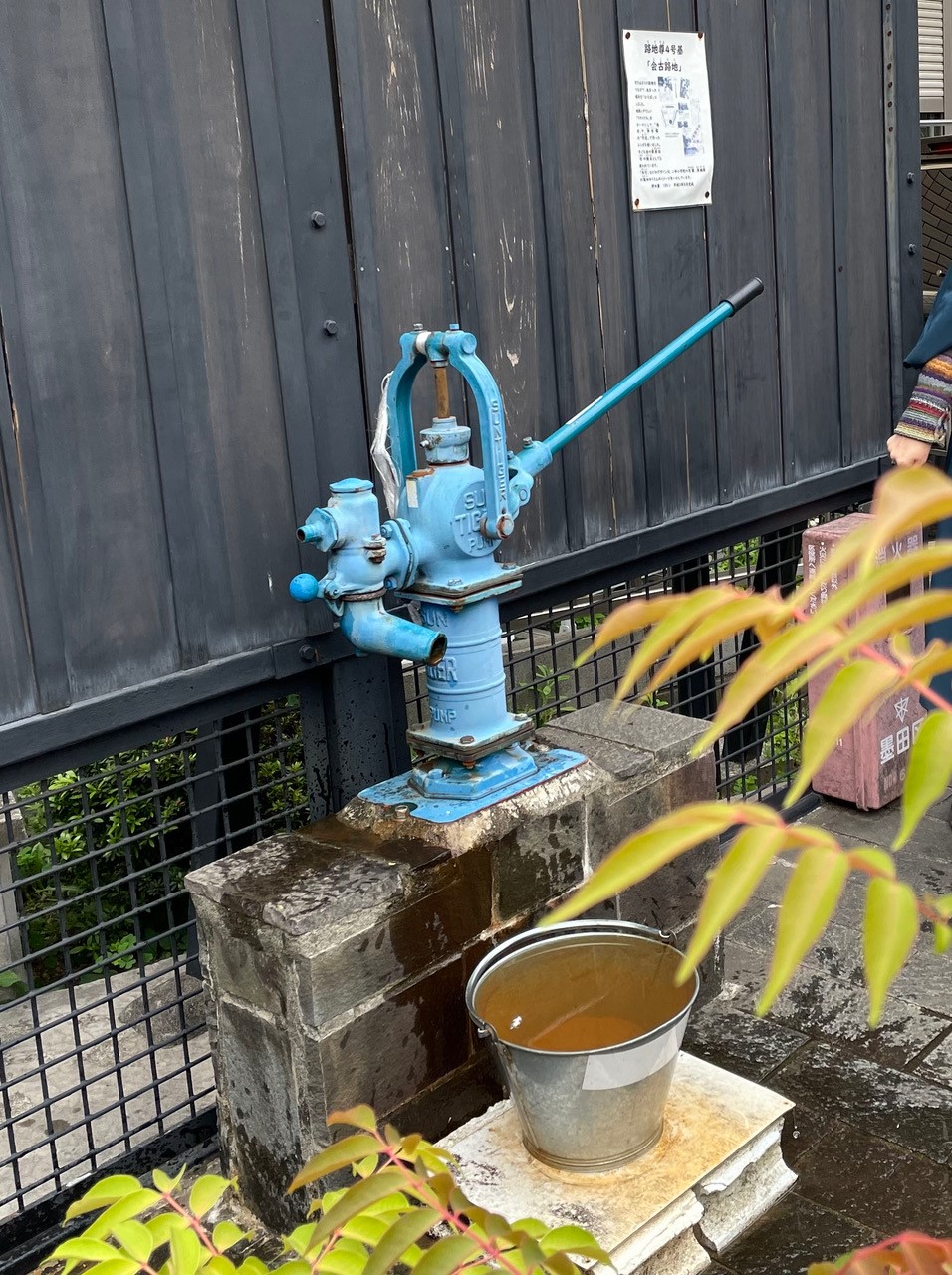
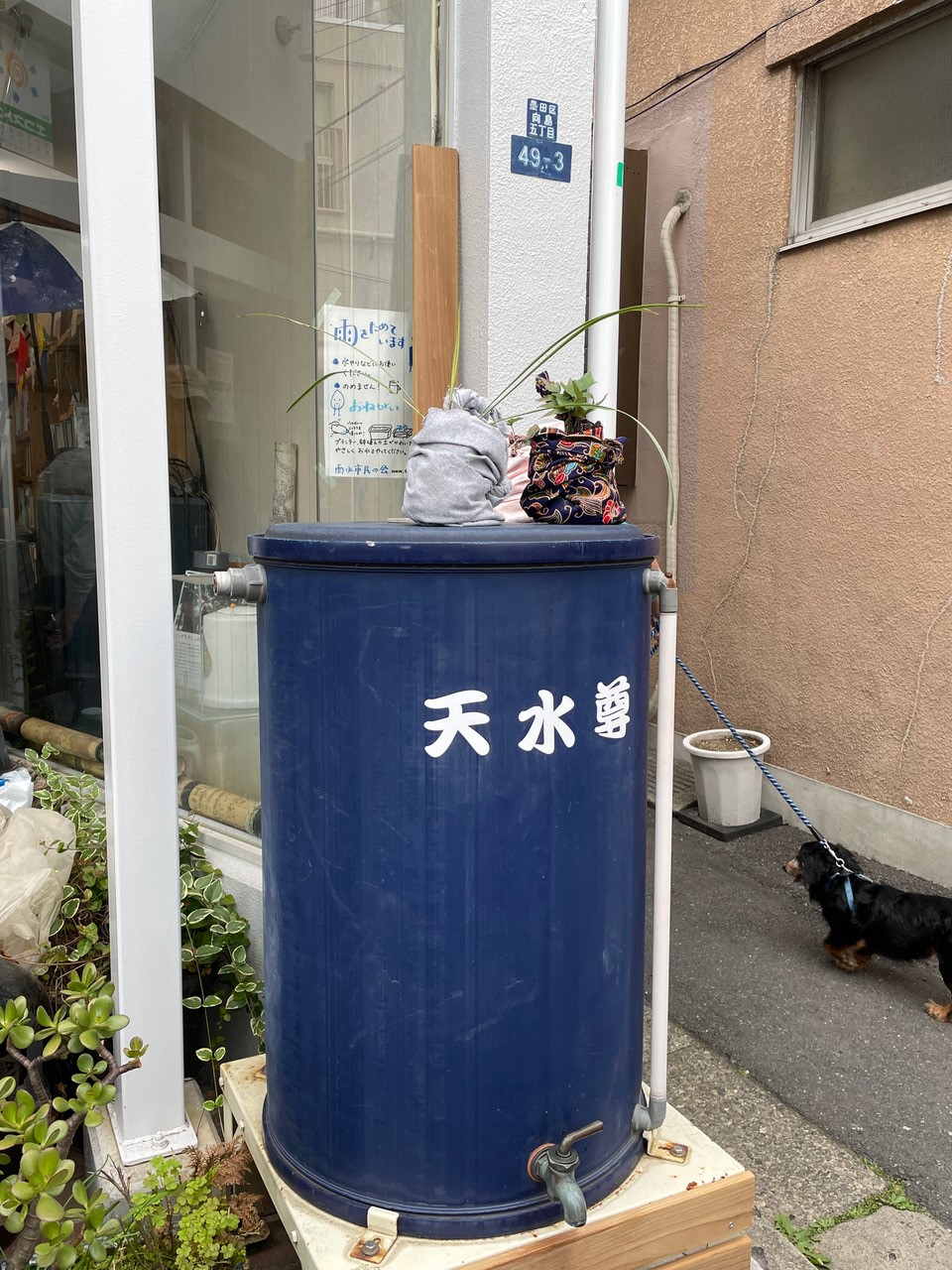
Therefore, I came up with the idea to incorporate planters directly attached to the downspout installed in each house. By capitalizing on the environment where rainwater faces challenges in rapid ground penetration, we can establish three-dimensional greenery using rain gutters. This approach not only enhances the visibility of greenery but also offers a potential avenue for effective rainwater utilization. If implemented, such a concept could bring about a significant transformation in the landscape.
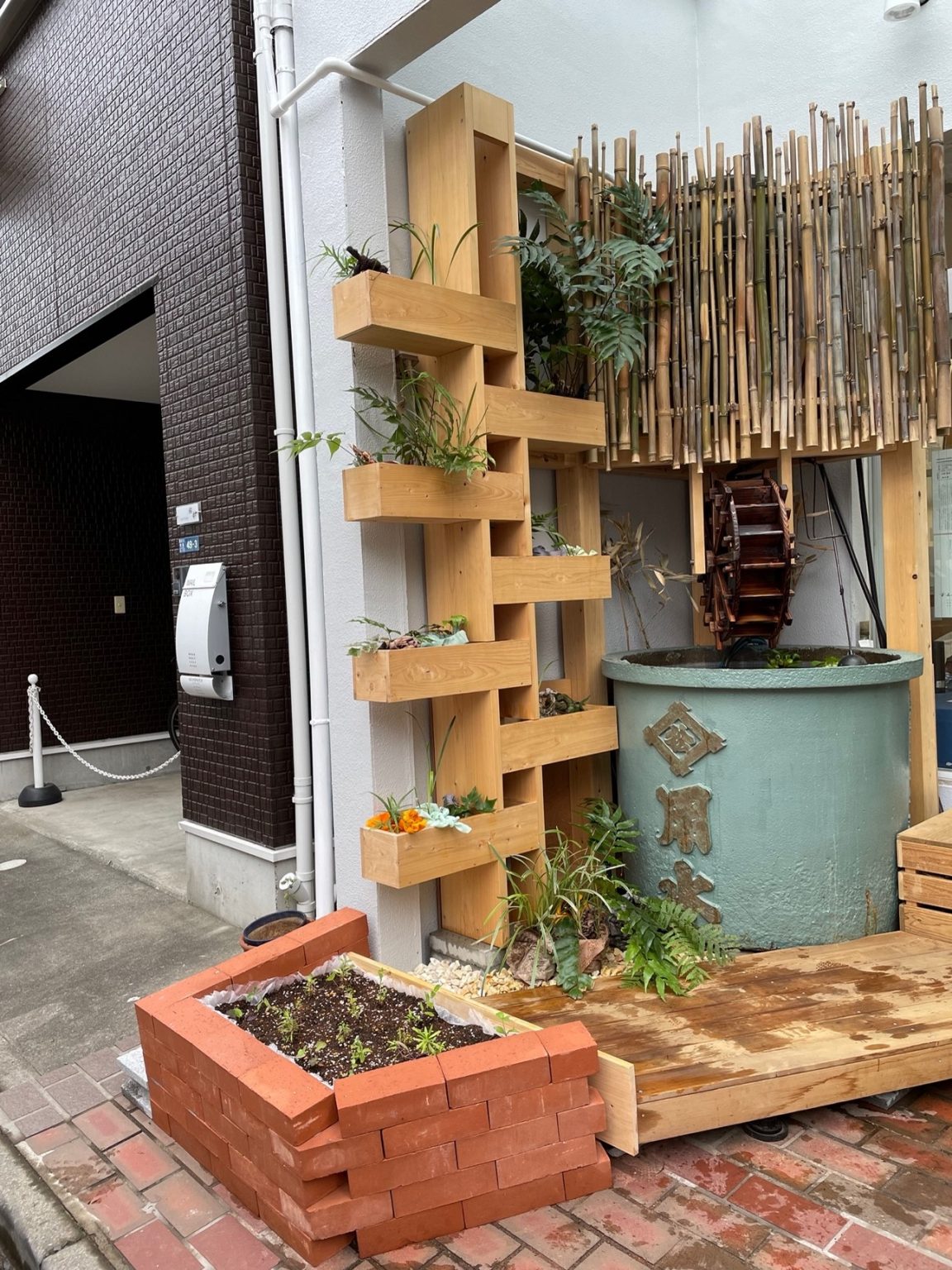
Shimoda lab provided the idea and support to create the planter.
Water is directed from the building’s rain gutter to a wooden shelf through branching pipes. Additionally, it is connected to an Edo-period cast iron water jar positioned nearby, facilitating the circulation of rainwater. Within the the shelves, there are several ‘Furoshiki planters,” small planters made from repurposed old cloth, a creation of the Shimoda laboratory. The plants were transplanted from ferns that originally grew in the gap between the building and the neighboring area.
dri as a field closely connected to the community
-What do you find appealing about the Chiba University Design Research Institute (dri)?
The dri stands out for its strong connection to the community, offering a distinctive appeal. Operating within the Sumida Satellite Campus, dri benefits from a variety of thoughtfully designed spaces, aligning with the ethos of ‘creating a campus integrated with the community.’ Furthermore, as the Professional University of Information and Management for Innovation (iU) is located on the same premises, we share a public space called Campus Common to have opportunities for seamless interaction with students from another university.
This Campus Common not only serves as a central meeting point but also functions as a practical setting for demonstration experiments. Beyond the campus boundaries, the entirety of Sumida Ward becomes a rich research field, presenting extensive opportunities for exploration. The unique experience of being immersed in Sumida fosters a closer connection between the university and the local community.
Collaborating with local government is essential to secure the necessary space for practical experiments in urban areas. The evolution of space over time is a critical aspect in landscape studies, making the chance to conduct experiments over multiple years in Sumida Ward particularly valuable for observation. Certainly, administrative challenges arise, especially when communicating with different departments managing parks, even within the same municipality. Despite these hurdles, I hope that our research will serve as a catalyst, providing an opportunity to horizontally connect green spaces and, in turn, contribute to the overall cohesion and development of the entire community.
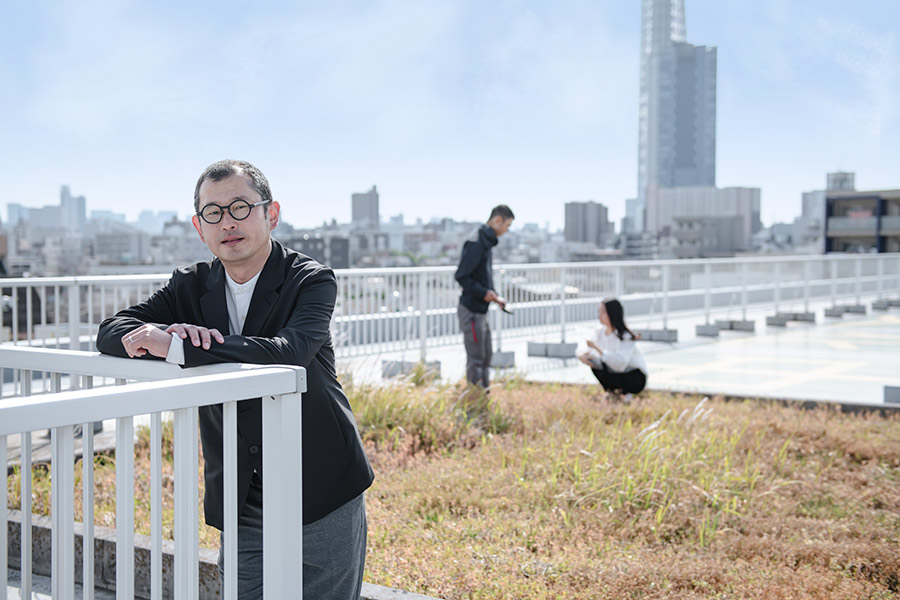
Series
The Power of Design
Meet our dynamic faculty members at the Design Research Institute (dri), a hub for designing future lifestyles located at Chiba University’s Sumida Satellite Campus
-

#1
2023.12.21
‘Synergistic Campus Evolution with the Community’ Chiba University Design Research Institute (Part 1): The Entire Campus as a ‘Design Experiment Space’
-

#2
2023.12.25
‘Synergistic Campus Evolution with the Community’ Chiba University Design Research Institute (Part 2): Igniting ‘Cross-fertilization’ for a Revolutionary Vision
-
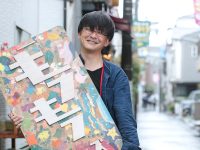
#3
2024.01.17
Creating a Captivating Play Area for Kids: Inspiring Creativity through Innovative Play Equipment Design
-
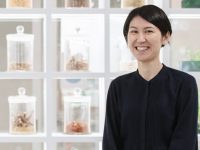
#4
2024.01.26
Designing a Comfortable Living: A Kampo Clinic that Simulates the Five Senses
-
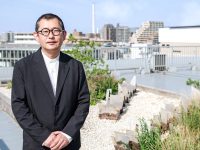
#5
2024.02.09
Creating Cities of Coexistence: Transitional Landscapes with the Tapestry of Diverse Lives
-
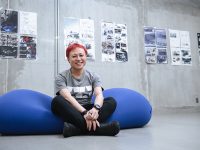
#6
2024.02.26
Designing Mobility: A Gentle Force in Linking People and Society
-
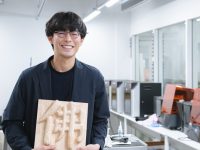
#7
2024.03.29
Touchable Buddha Project: Bridging Heritage and 3D Technology for Community Revitalization through Design
Recommend
-

When Pain Speaks: Tackling Endometriosis Through Medicine, Research, and Outreach
2025.06.24
-

The role of the Research Institute of Disaster Medicine (RIDM): The indispensable research hub for urban digital transformation
2023.02.23
-
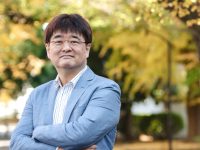
The Enigma of Time Perception: The Psychological Time Warp of ‘Tachypsychia’
2024.04.12


